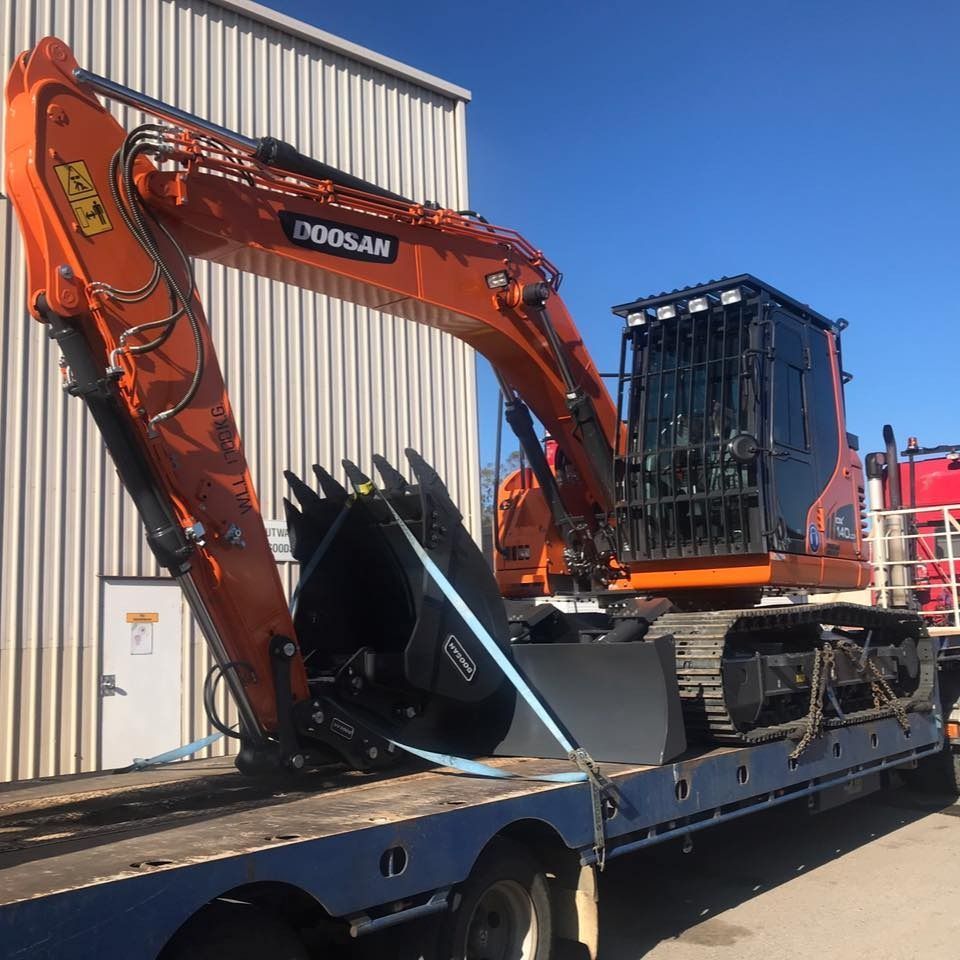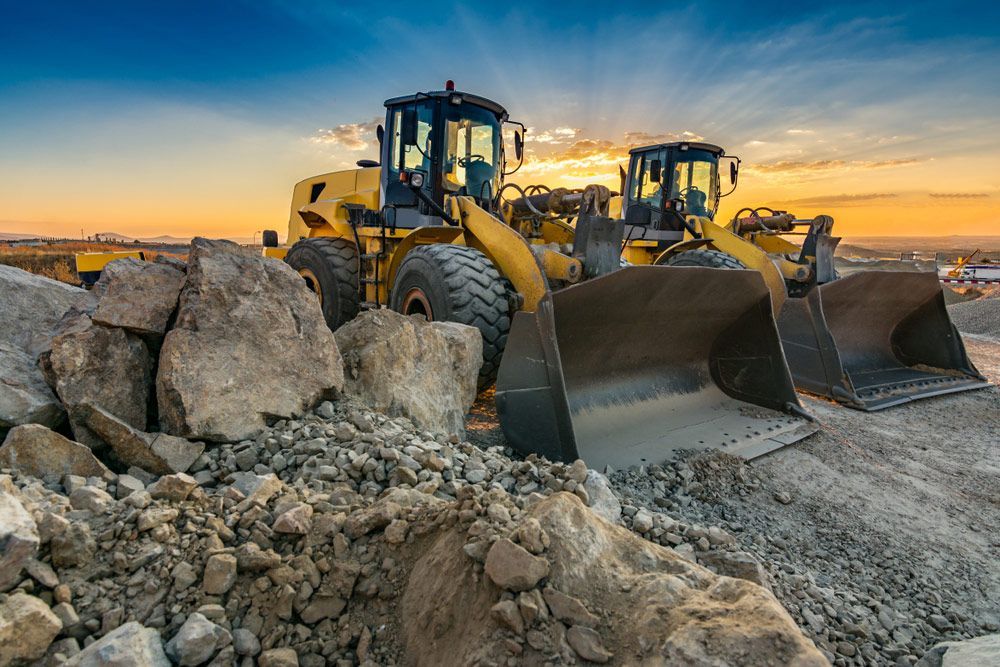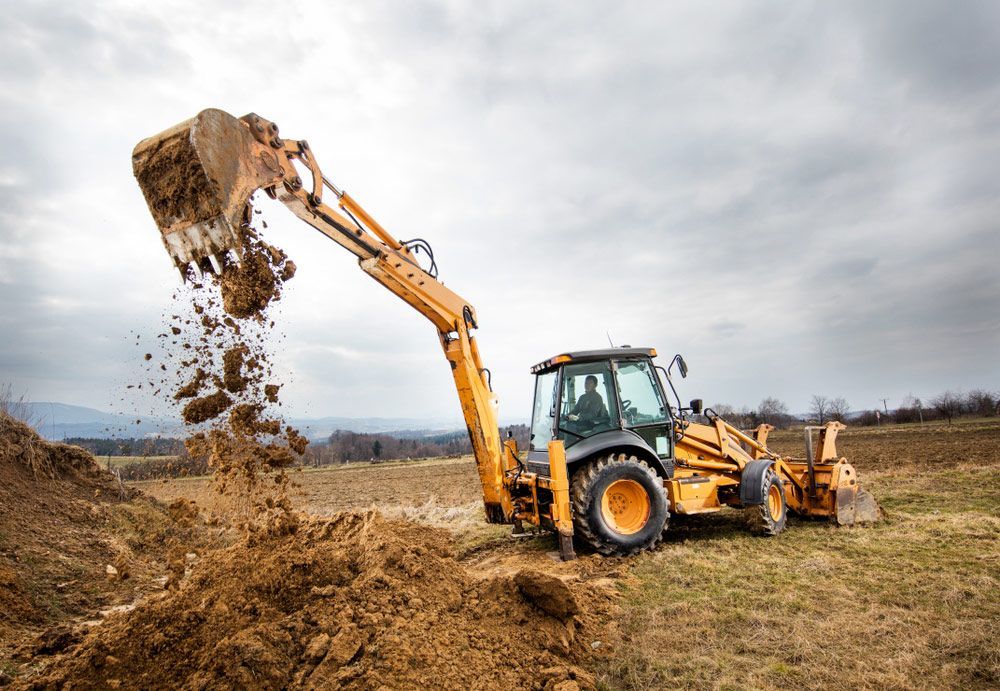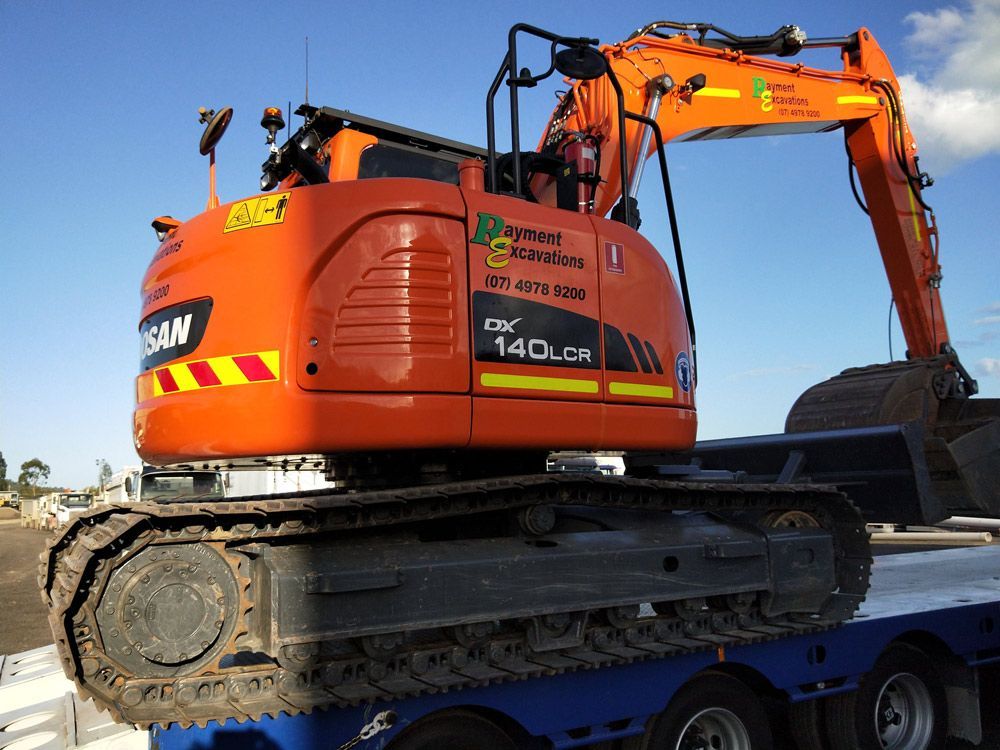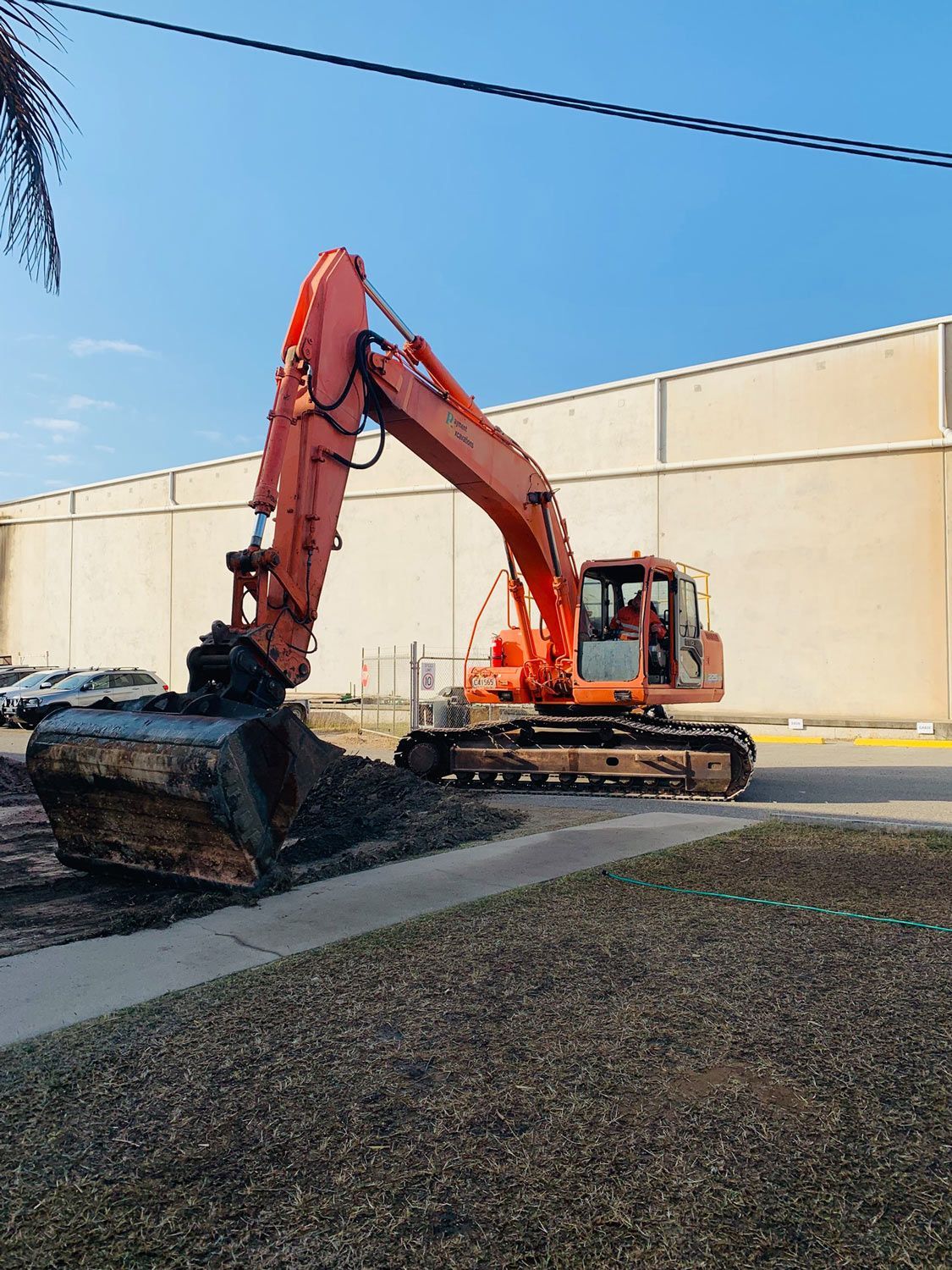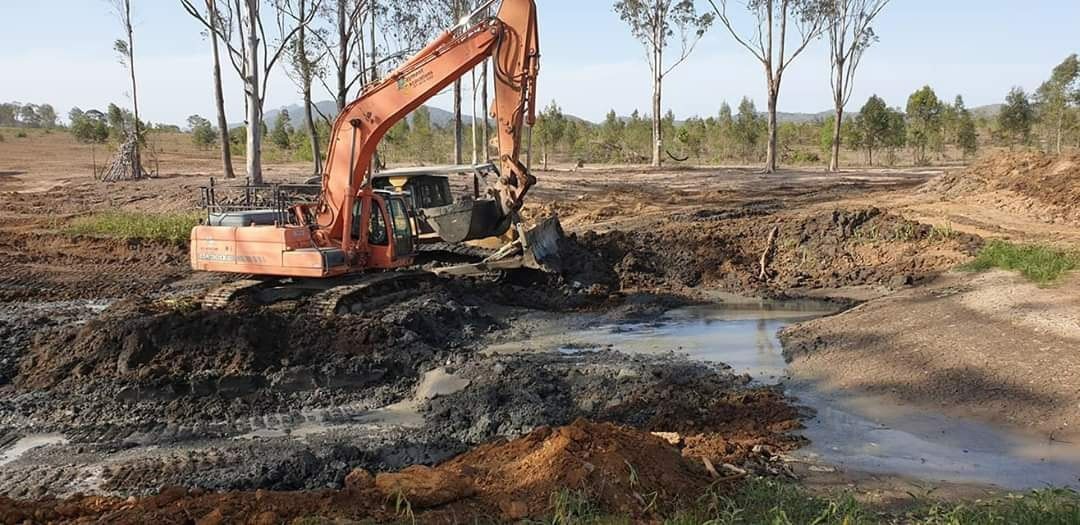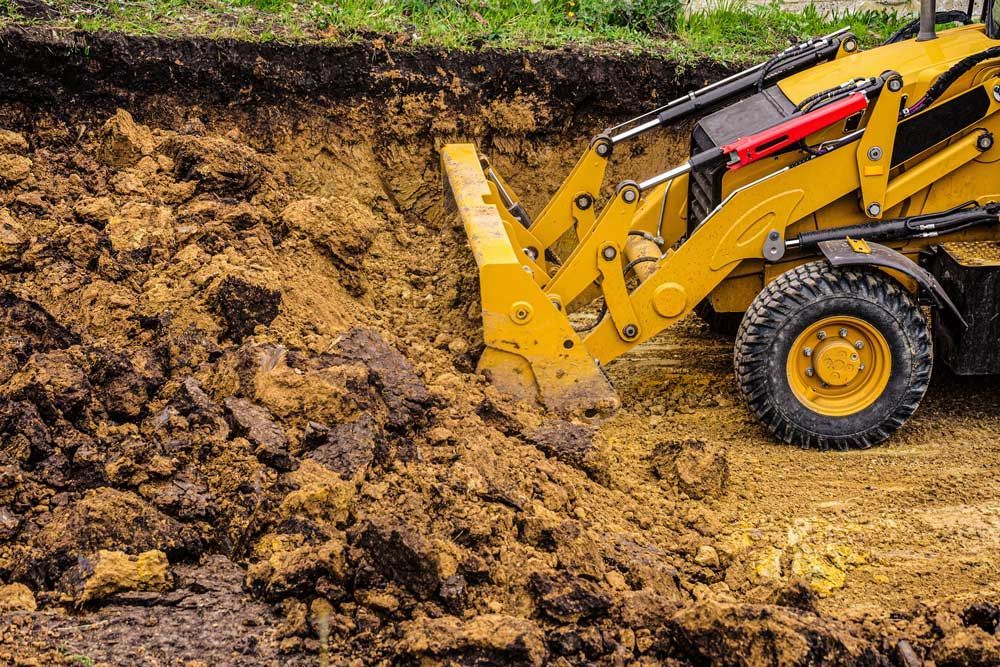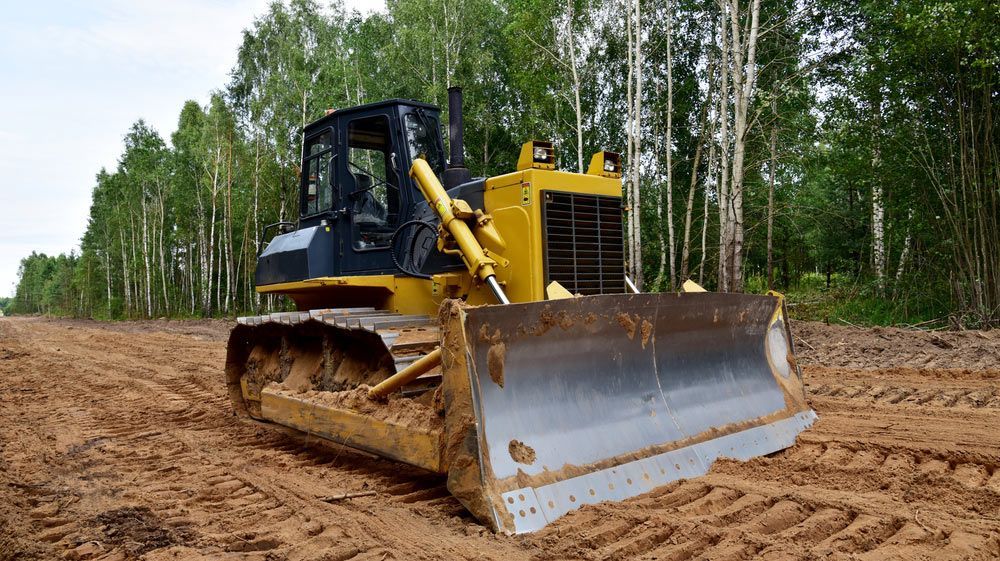How to Choose Between Mini & Large Excavators for Your Project
Rayment Excavations • August 7, 2025
Assessing the Physical Constraints of Your Project Site
- Mini excavators perform exceptionally well on compact sites with narrow entries, making them ideal for residential block-in fills or tight interiors.
- Large excavators demand more clearance and stable ground, usually best suited to open construction areas or industrial zones.
- Site terrain matters: unstable or uneven ground often restricts access for heavier machinery unless the ground is prepared or stabilised.
Understanding the Scope & Type of Work Involved
- A mini excavator’s nimble controls and compact arm make it useful for lightweight digging or precision trench work in tight spaces and shallow depths.
- A large excavator is better suited for bulk excavation, demolition, or long-reach digging tasks, as it offers greater digging power, depth, and bucket capacity.
- Large machines reduce job time substantially when encountering tougher materials like hard clay or retaining wall groundwork—assuming the site supports them.
Navigating Tight Access or Urban Construction Zones
- Mini models squeeze through standard gates or tight access points without damaging neighbouring properties or ground services.
- They allow for delicate work in finished landscaping or near existing structures, reducing the risk of accidental damage.
- Smaller machinery makes noise and dust control easier, which is especially important in populated areas that require compliance with local regulations.
Weighing Lifting Capacity & Digging Depth Requirements
- A mini excavator typically handles lighter loads and shallower trenches—suitable for utility installation, small-scale landscaping, or shallow pool excavation.
- Large excavators enable deeper trenches and move heavier materials in one scoop, saving multiple passes and labour costs.
- Consider bucket size: small buckets offer precision; large ones boost efficiency for mass material handling.
Considering Fuel Efficiency & Operating Costs
- Mini excavators consume less fuel hourly, making them cost-effective for small-to-medium-scale or short-duration tasks.
- Large excavators do more work per hour, achieving economies of scale when moving large volumes, but require more fuel per hour.
- Maintenance and transport costs are lower with smaller machines—especially when working across multiple neighbouring sites.
Matching Equipment to Project Timeframes & Deadlines
- Mini excavators offer agility and speed for repeated short shifts or delicate work, enabling swift changeovers between tasks.
- Large machines can quickly clear large areas or dig deep trenches, helping meet tight deadlines on major earth-moving projects.
- Choosing based on expected daily output helps avoid hiring idle capacity or underpowered machines.
Factoring in Transport, Set‑Up & Machine Footprint
- Mini excavators can be easily transported on a standard utility trailer and usually require only a small footprint for setup.
- Large excavators may demand heavy trailers, cranes or special haulage, increasing logistical complexity and costs.
- A large machine imposes heavier ground pressure, so site preparation may be necessary to avoid soft-ground issues or damage.
The Importance of Expert Advice When Choosing Your Excavator
- Experts can assess your site layout, soil type, project duration, and tasks to recommend the optimal machine.
- They can advise on attachments or features—such as hydraulic thumbs, augers, or quick hitches—that enhance job performance and safety.
- Importantly, they ensure compliance with worksite regulations and can plan for staged machine movement when switching equipment between job phases.

